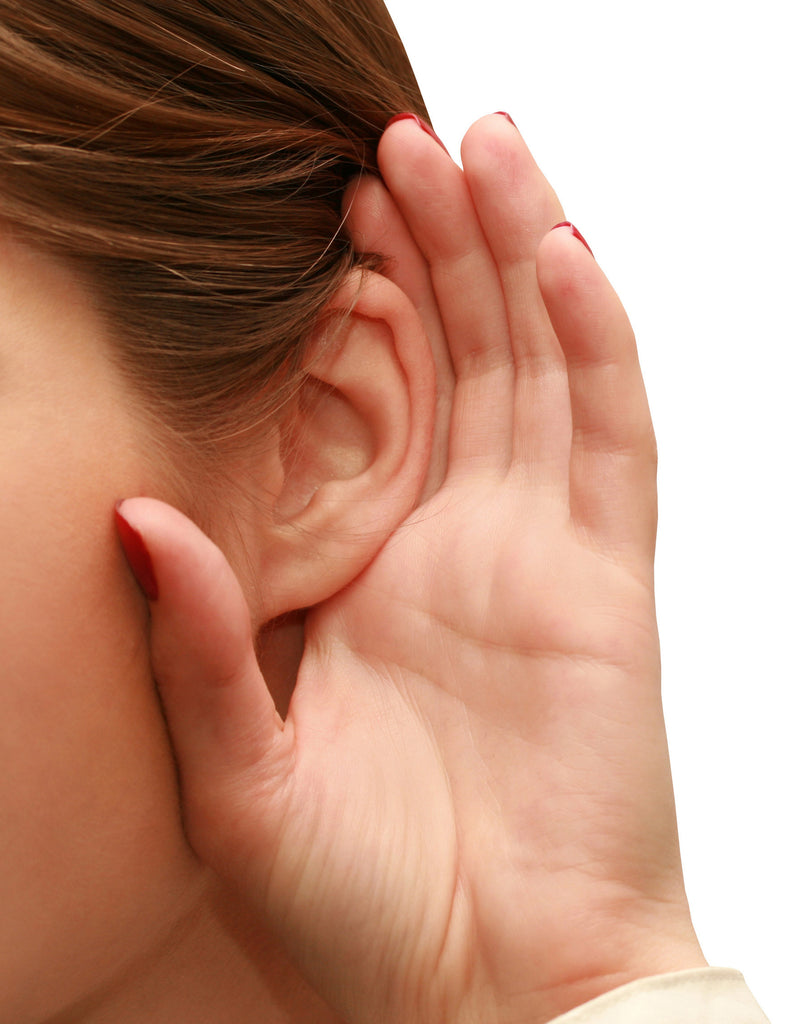Clinicians often ask us whether they need to use the Stuttering Severity Instrument (SSI; Riley, 2009) or other similar measure to qualify a child for therapy. The short answer is, simply, “no.” Here’s the longer answer:
Measures of surface stuttering severity like the SSI are based on the listener’s observations of a person’s speech behavior in a particular setting. Such measures typically involve a calculation of the frequency of observable disfluencies, as well an assessment of other characteristics, such as the amount of physical tension that can be perceived by a listener. There are a couple of problems with such measures:
First, stuttering varies considerably from situation-to-situation and from day-to-day. Research has shown that the severity rating that a clinician might obtain from a particular speaker on one day can be very different from the severity rating that a clinician might obtain from that same speaker on another day—even if nothing has changed in the speaker’s life that might result in a change in fluency!
Second, research has shown that even expert clinicians cannot accurately judge factors such as physical tension, especially when such tension occurs in parts of the body that are not easily visible to the observer, such as the chest or abdomen.
Third, many studies have highlighted the fact that clinicians are not particularly reliable in judging whether words or syllables actually contain stuttering. Frequency counts may be inaccurate simply because of the difficulty of the task of marking fluent vs. disfluent moments in a client’s speech.
Taken together, these findings cast doubt upon observable measures of severity. There’s more, however: the severity that a clinician judges simply may not match the severity that a speaker perceives. People may feel “stuck” on the inside, even if they don’t show any observable behavior on the outside. If we limit our assessment to just what we can see, we very likely miss out on understanding the speaker’s true experience of stuttering severity.
What should we do about this? Well, fortunately, we have options.
First, most school districts and states actually do NOT require clinicians to obtain frequency counts or use standardized measures of observable stuttering severity in order to qualify children for therapy. Instead, the judgment should be based on an assessment of the adverse impact of stuttering on the speaker’s life. One way to do that—a way that has been shown to be both reliable and valid—is to use a test such as the Overall Assessment of the Speaker’s Experience of Stuttering (OASES; Yaruss & Quesal, 2016). Unlike measures of observable severity, the OASES isn’t affected by daily variability, listener biases, or low measurement reliability. The OASES gives you a measure of adverse impact, so you can document your students’ need for therapy based on how stuttering is affecting their lives. Are they having trouble communicating in the classroom? Do they experience negative emotional reactions to stuttering? Does stuttering affect their quality of life? These are the types of questions you can answer with the OASES. This not only helps you gain a better understanding of the true meaning of stuttering for a particular student; it also helps you plan your therapy in an individualized manner, so you can focus on the unique needs of each student.
Second, if you do need a frequency count, then you can learn to conduct them in a reliable way. Research shows that training does help clinicians improve their reliability. Of course, this still doesn’t address some of the concerns outlined above. Still, it is possible to get a decent measure of the percentage of stuttered syllables in order to satisfy district requirements if necessary. Full instructions for how to gather speech samples and calculate reliable frequency counts can be found in both our Early Childhood and School-Age Stuttering Practical Therapy Guides. You can also find one of our comprehensive trainings on how to collect reliable frequency counts at MedBridge Education. Use the following link (www.MedBridgeEducation.com/scott-yaruss) to save $175 on your MedBridge membership!
Finally, an increasing number of researchers have moved to simply providing global judgments of severity, e.g., rating severity on a 10-point scale from no stuttering (0) to very severe stuttering (9). Of course, the ratings would differ from clinician-to-clinician, so this still doesn’t solve the problem.. And, it is not at all clear that such a measure (which has no standards or normative data) would be accepted by a school district.
So, given all this, what is a clinician to do? Well, first, know that you don’t need to use the SSI or other tests or measures of observable severity. Second, know that you have other options: use the OASES to measure adverse impact, and use a frequency count if you are required to in order to meet district requirements.
And, most important of all, know that we at STR are currently preparing a BRAND NEW way of assessing stuttering severity that will not be limited by problems if reliability, validity, and measurement challenges. How are we going to do this? Here’s a hint: Unlike the SSI, our new measure is not based on what a listener can hear—it’s based on a speaker actually experiences.
Stay tuned for updates on this exciting new project!





